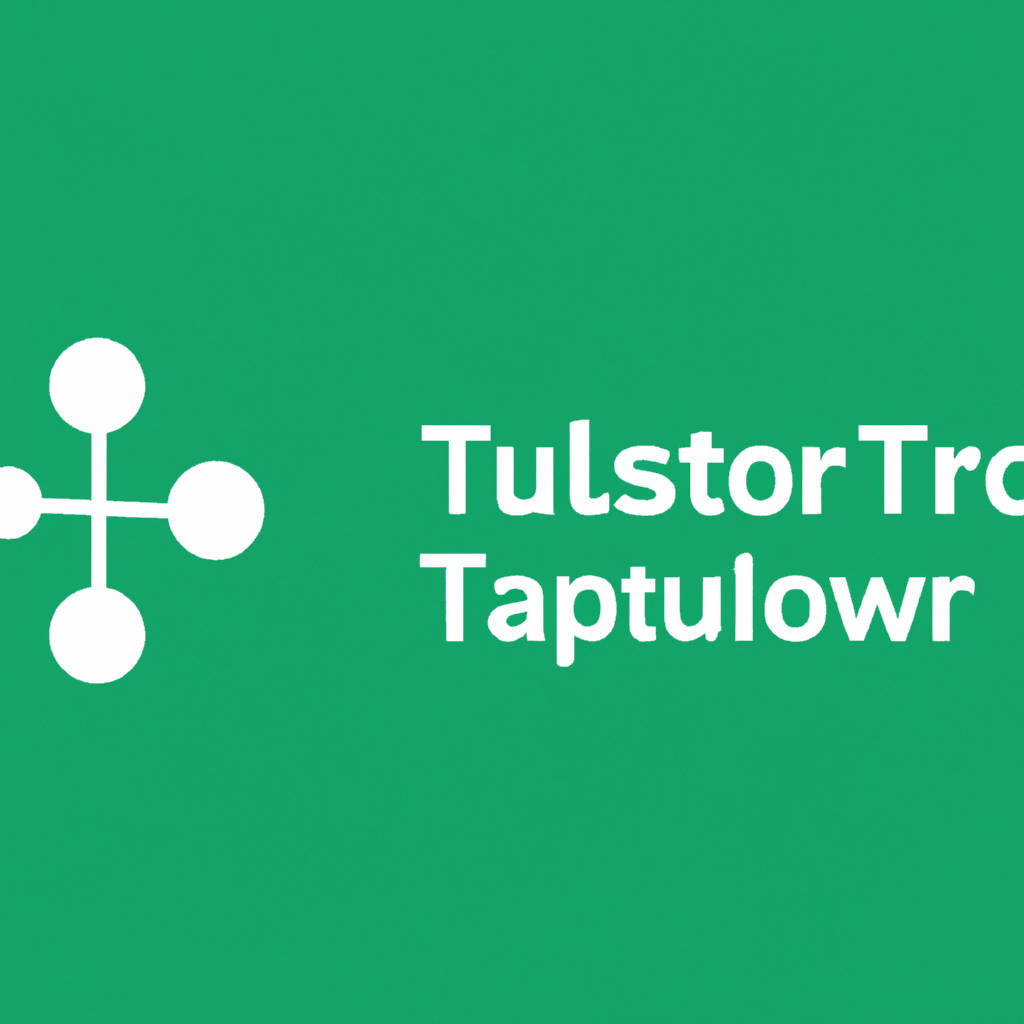Exploring Trustpilot: A Deep Dive into its Purpose and Reliability
Trustpilot is a popular platform that allows consumers to share their experiences with various businesses and services. The purpose of Trustpilot is to provide a space where customers can leave honest reviews and ratings, helping others make informed decisions when choosing where to spend their money. Trustpilot aims to create transparency in the marketplace by giving consumers a voice and holding businesses accountable for their products and services.
However, as with any review platform, the reliability of Trustpilot’s reviews can be called into question. Some businesses have been accused of manipulating their reviews by either incentivizing customers to leave positive feedback or by posting fake reviews themselves. Despite these concerns, Trustpilot has measures in place to detect and remove fraudulent reviews, ensuring that the platform remains a trusted source of information for consumers.
In order to make the most of Trustpilot, it is important for users to approach reviews with a critical eye and consider the overall consensus rather than relying solely on individual reviews. By taking the time to explore Trustpilot and understand its purpose and reliability, consumers can make more informed decisions and support businesses that provide quality products and services.

Is Trustpilot Trustworthy?
Trustpilot is a well-known platform for consumers to share their experiences and reviews about various companies and products. While it is a popular site for people to research and make informed decisions before making a purchase, there have been some concerns about the reliability and trustworthiness of the reviews posted on Trustpilot.
Some users have questioned the authenticity of the reviews, claiming that some businesses may manipulate or pay for positive reviews to boost their ratings. Additionally, there have been reports of companies trying to discredit negative reviews by reporting them as fake or misleading. Despite these concerns, Trustpilot has implemented measures to combat fraudulent reviews and ensure the integrity of the platform. They have a team of moderators who monitor and verify reviews, as well as algorithms in place to detect and remove suspicious activity.
While no platform is completely immune to manipulation, Trustpilot’s efforts to maintain transparency and authenticity should give users some confidence in the reliability of the reviews posted on their site. Ultimately, it is important for consumers to exercise caution and use their judgment when relying on reviews from any platform, including Trustpilot.
A Critical Analysis of its Review System
The review system is a crucial component of any product or service, as it provides valuable feedback for both consumers and businesses. However, it is important to critically analyze the review system to ensure its effectiveness and reliability. One key aspect to consider is the authenticity of the reviews. With the rise of fake reviews and paid endorsements, it is essential to have measures in place to verify the legitimacy of reviews.
This can include requiring reviewers to provide proof of purchase or implementing algorithms to detect suspicious patterns. Another factor to evaluate is the transparency of the review system. Consumers should have access to all reviews, both positive and negative, to make informed decisions. Additionally, businesses should be held accountable for how they respond to negative feedback and address any issues raised by customers.
Furthermore, the review system should be user-friendly and accessible to all consumers, regardless of their technological literacy. Overall, a critical analysis of the review system is necessary to ensure that it serves its intended purpose of providing honest and unbiased feedback to help consumers make informed choices.
Unveiling Trustpilot: Understanding its Purpose and Functionality
Trustpilot is a popular platform that serves as a hub for customer reviews and ratings of businesses and services. Its primary purpose is to provide consumers with a transparent and reliable source of information when making purchasing decisions. By allowing customers to share their experiences with various businesses, Trustpilot aims to empower consumers to make informed choices based on real feedback from their peers.
The functionality of Trustpilot is simple yet effective – users can search for a specific company or browse through categories to read reviews and ratings. Businesses also have the opportunity to respond to reviews, giving them a chance to address any concerns or issues raised by customers. Trustpilot’s system of trustworthiness lies in its review verification process, which ensures that only authentic reviews are published on the platform. This helps to maintain the integrity of the site and build credibility among users.
In addition to providing a platform for customer feedback, Trustpilot also offers businesses the opportunity to showcase their reputation through a TrustScore, which is based on the overall ratings and reviews they receive. Overall, Trustpilot serves as a valuable tool for both consumers and businesses, promoting transparency and accountability in the marketplace. By understanding its purpose and functionality, users can make better-informed decisions and contribute to a more trustworthy and reliable online shopping experience.
 Evaluating Trustpilot’s Credibility: Deciphering the Reliability of its Reviews
Evaluating Trustpilot’s Credibility: Deciphering the Reliability of its Reviews
Trustpilot is a popular platform where consumers can leave reviews about their experiences with various businesses. However, the credibility of Trustpilot’s reviews has been called into question in recent years. While the platform claims to have measures in place to prevent fake reviews, many users have reported instances of businesses manipulating their ratings by posting fake positive reviews or suppressing negative ones.
This raises concerns about the reliability of the information provided on Trustpilot and the trustworthiness of the platform as a whole. In order to evaluate Trustpilot’s credibility, it is important to look at several factors. One key aspect is the transparency of the review process – are reviews verified and authenticated? Another important factor is the diversity of reviewers – are there a wide range of opinions and experiences represented? Additionally, the consistency of reviews over time can also indicate the reliability of the platform. It is also important to consider the potential biases that may exist, such as businesses incentivizing customers to leave positive reviews.
Ultimately, evaluating Trustpilot’s credibility requires a critical examination of the platform’s review process, the diversity and authenticity of its reviewers, and the potential biases that may influence the information provided. By taking these factors into account, consumers can make more informed decisions when using Trustpilot to guide their purchasing choices.
Navigating Trustpilot’s Landscape: Strategies to Identify Inauthentic Reviews
Navigating Trustpilot’s landscape can be a daunting task for consumers looking to make informed purchasing decisions. With the rise of online reviews, it has become increasingly difficult to discern authentic reviews from those that may be misleading or deceptive. In order to identify inauthentic reviews on Trustpilot, there are several strategies that consumers can employ. One key strategy is to look for patterns in the reviews.
If a product or service has an unusually high number of positive reviews that all sound similar in tone and content, it may be a red flag that these reviews are not genuine. Additionally, consumers can also check the reviewer’s profile to see if they have a history of leaving reviews for other products or services. If a reviewer only has one or two reviews on Trustpilot, it may be a sign that they are not a legitimate reviewer.
Another strategy is to look for reviews that contain specific details about the product or service, as these are more likely to be genuine. Finally, consumers can also consider the overall rating of the product or service on Trustpilot. If a product has a significantly higher rating than similar products, it may be an indication that the reviews are not authentic. By employing these strategies, consumers can navigate Trustpilot’s landscape more effectively and make more informed purchasing decisions.
 Leveraging Trustpilot for Business Growth: Exploring its Benefits for Companies
Leveraging Trustpilot for Business Growth: Exploring its Benefits for Companies
Leveraging Trustpilot for business growth can be incredibly beneficial for companies looking to build their online reputation and attract new customers. By utilizing Trustpilot, companies have the opportunity to showcase their excellent customer service and product quality through authentic customer reviews. These reviews not only help to build trust with potential customers, but they also provide valuable feedback for businesses to improve their offerings.
Additionally, Trustpilot’s platform allows companies to engage with customers directly, addressing any concerns or issues in a timely manner. This level of transparency can help to build a strong rapport with customers and showcase the company’s commitment to customer satisfaction.
Furthermore, having a strong presence on Trustpilot can also improve a company’s search engine optimization (SEO) efforts, as positive reviews can help to boost a company’s online visibility and credibility. Overall, leveraging Trustpilot for business growth can have a significant impact on a company’s success by enhancing their reputation, attracting new customers, and improving overall customer satisfaction.
Final Thoughts: Drawing Conclusions on Trustpilot’s Role and Impact
Trustpilot plays a significant role in the digital age as a platform where consumers can share their experiences with various businesses. It serves as a valuable tool for individuals looking to make informed decisions about where to spend their money.
By providing a space for honest reviews, Trustpilot helps to create transparency in the marketplace and holds businesses accountable for their actions. However, the impact of Trustpilot is not without its challenges. While the platform aims to provide a fair and unbiased space for reviews, there have been instances of businesses manipulating the system to boost their ratings. This can lead to a lack of trust in the platform and calls into question the reliability of the information provided.
Despite these challenges, Trustpilot continues to play a crucial role in shaping consumer behavior and influencing the reputation of businesses. It is important for users to approach the platform with a critical eye and consider multiple sources of information before making a decision based solely on Trustpilot reviews. In conclusion, Trustpilot has become a powerful tool in the digital age, but its impact is not without its flaws. By drawing conclusions on Trustpilot’s role and impact, we can better understand the complexities of online reviews and the importance of maintaining trust and transparency in the marketplace.
